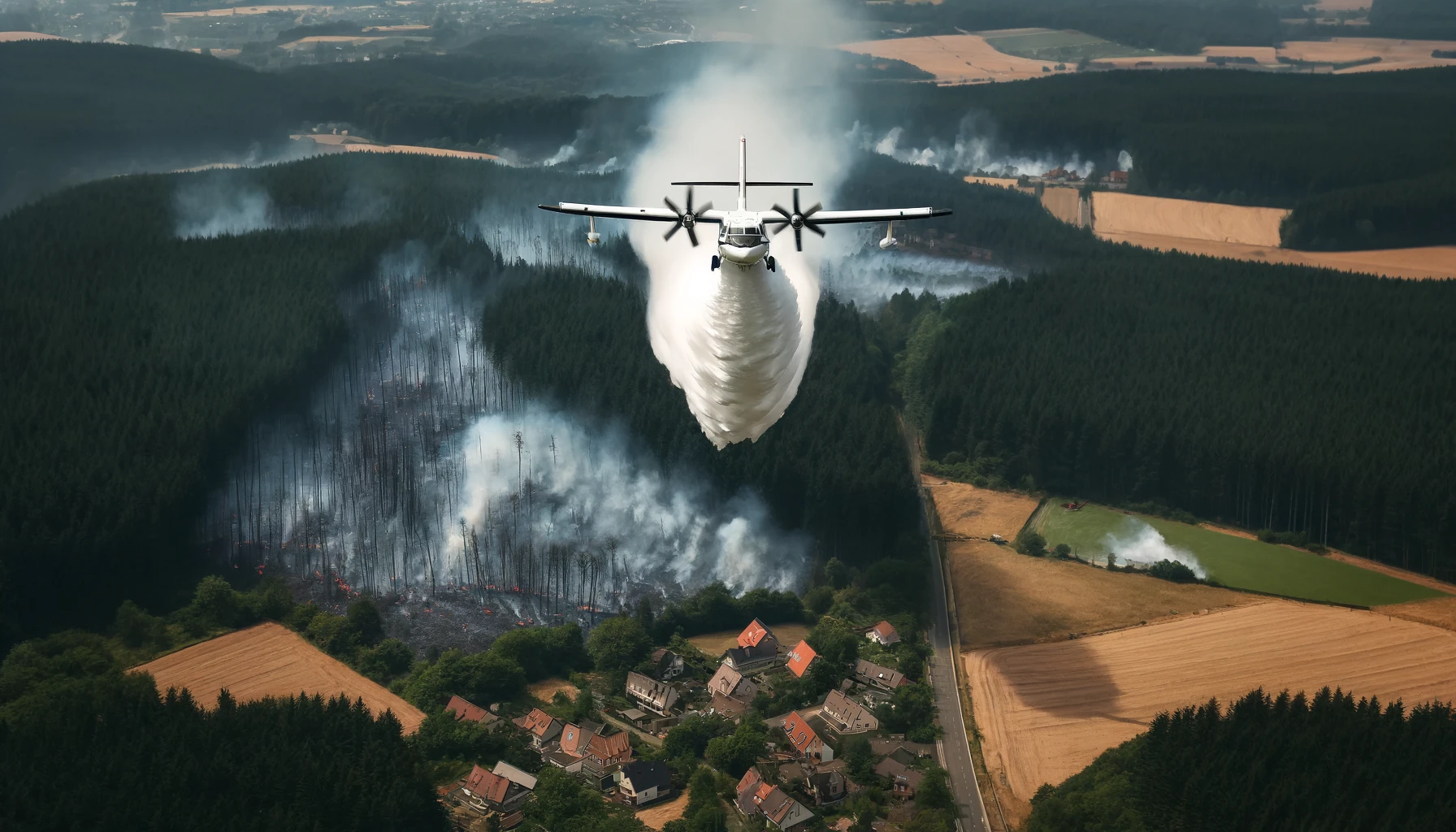Now Reading: Wildfire Whirls in Australia | Fire Tornadoes
- 01
Wildfire Whirls in Australia | Fire Tornadoes
Wildfire Whirls in Australia | Fire Tornadoes

Exploring Fire Whirls in Australia’s Diverse Landscapes
Australia’s vast and varied landscapes provide researchers with unique opportunities to study the terrifying yet spectacular phenomena of fire whirls. These are not mere natural spectacles; these towering spirals of flame and superheated air, occurring during extreme bushfires, present both challenges and opportunities for firefighting.
Understanding the Formation of Fire Whirls
Fire whirls, also known as ‘fire tornadoes,’ form under conditions of extreme heat and turbulent winds. These conditions cause the fire to rapidly intake air, creating a vertical column that spins and lifts flames and debris high into the air. Researchers are focused on identifying the meteorological and environmental conditions that lead to the creation of fire whirls to better predict and potentially mitigate their effects.
Case Study: The 2003 Canberra Fires
The Canberra Fires of 2003 provide an illustrative example of fire whirls in action. Observations from these events help researchers assess how fire whirls contributed to the rapid spread of the fire across the Australian Capital Territory. This knowledge is crucial for developing strategies to manage and contain similar disasters in the future.
Innovative Strategies to Harness Fire Whirl Dynamics
One of the most innovative aspects of this research is exploring ways to harness the energy of fire whirls. The concept of creating controlled ‘counter-whirls’ involves understanding the rotational dynamics of fire whirls and introducing opposing forces to destabilize and dissipate the energy of a naturally occurring whirl, reducing its destructive power.
Real-World Applications in Firefighting Techniques
Implementing these strategies involves deploying sensors and drones to detect signs of whirl formation. Specialized firefighting teams could then use controlled burns or misting systems to manipulate the temperature and airflow, effectively neutralizing the whirl.
Enhancing Safety and Environmental Protocols
By predicting and controlling fire whirl phenomena, researchers can revolutionize safety protocols for firefighters and civilians alike. More accurate and timely evacuation orders could significantly reduce risks to human life and property.
Conclusion: Transforming Firefighting on a Global Scale
The study of fire whirls is a cutting-edge frontier in firefighting. By transforming one of the most fearsome aspects of bushfires into a controllable element, researchers are not only enhancing our fundamental understanding of fire dynamics but also revolutionizing firefighting strategies. As this research progresses, it could lead to global changes in how we manage and mitigate bushfires, ensuring the use of every available tool to combat these natural disasters.



























